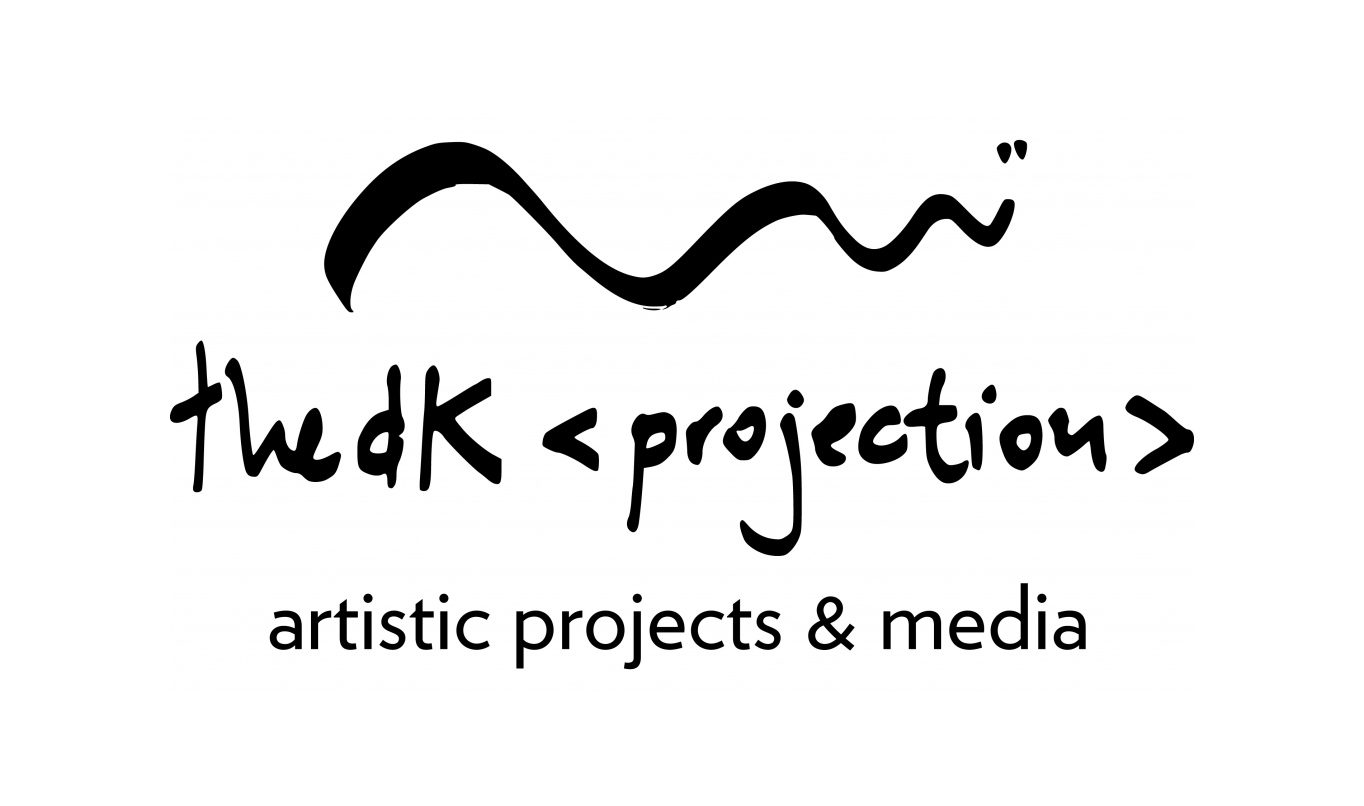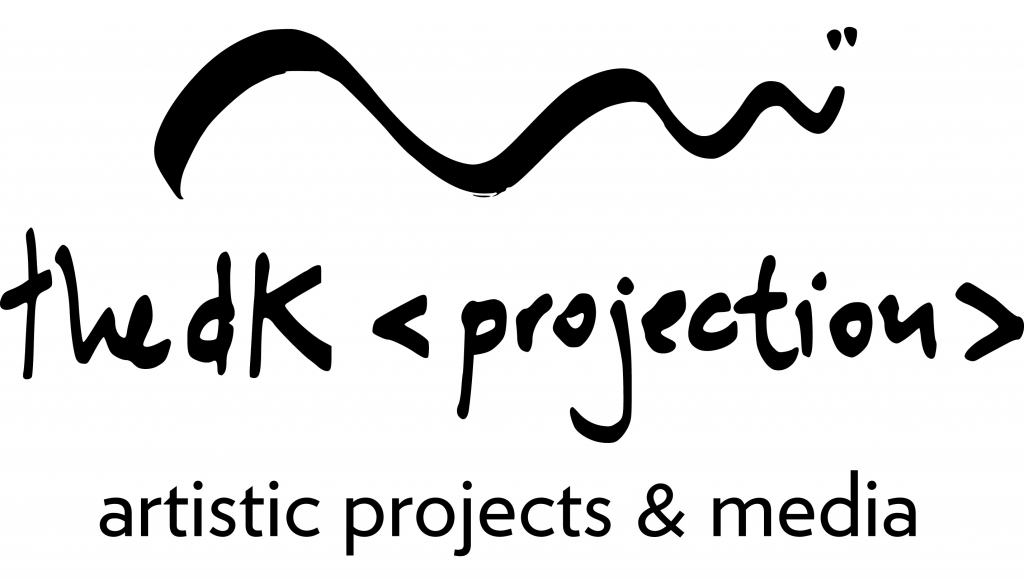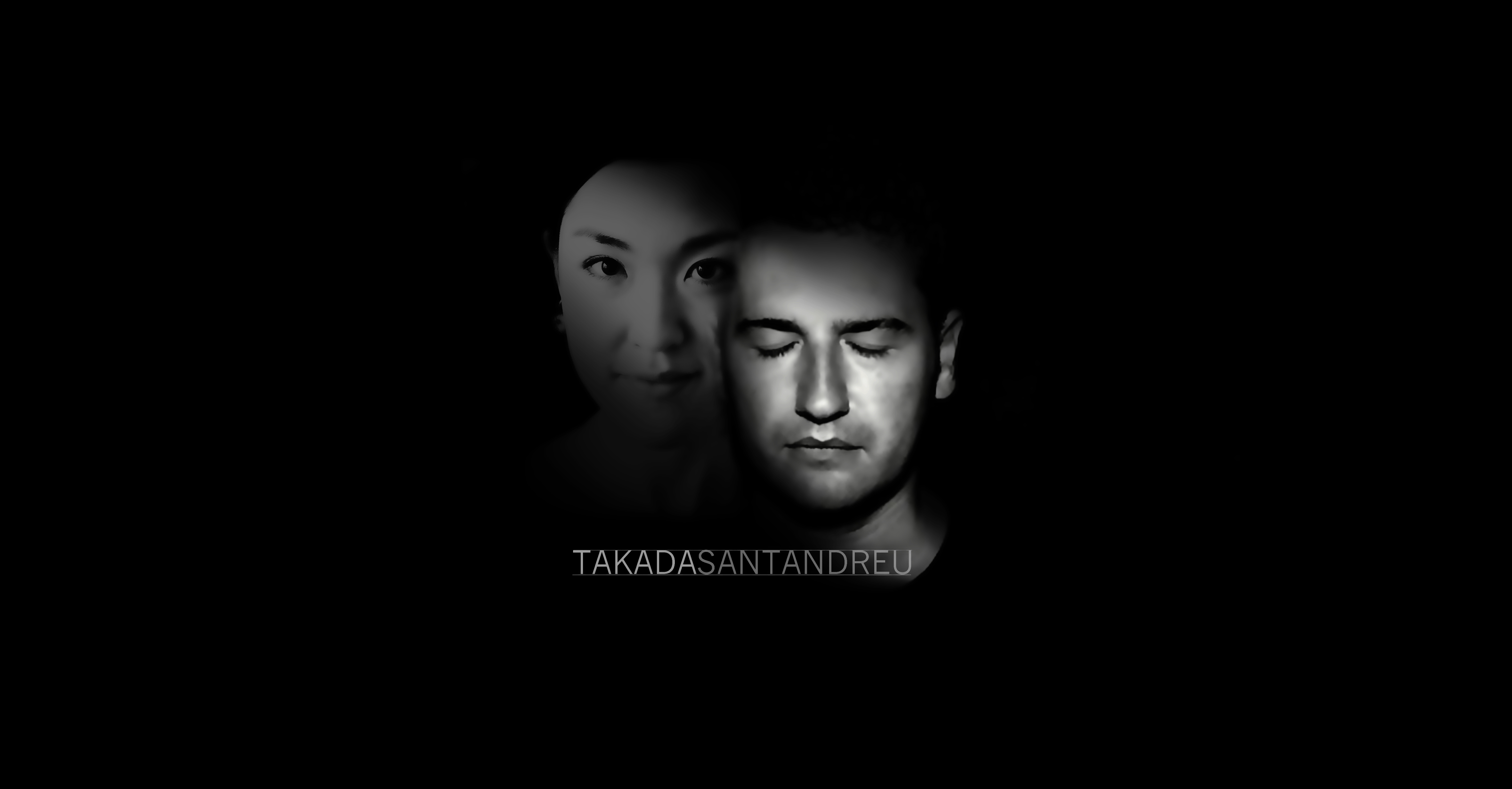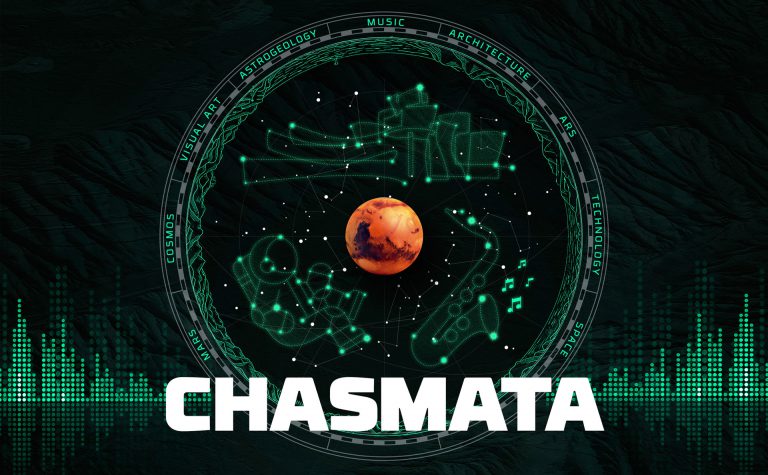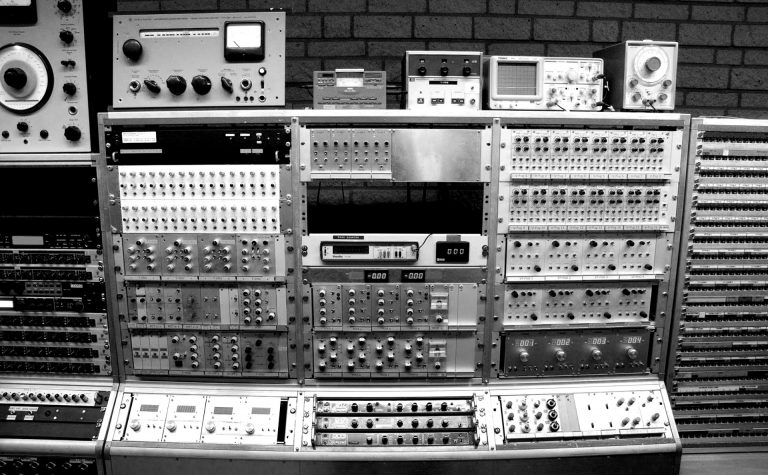DK <protos>
architecture & music
DK <protos> is a series of three pieces composed by Ángel Arranz between the years 2006 and 2009 and revised by the composer in several occasions between 2010 and 2013. The singularity of this series is that the three pieces are inspired by the building Bodegas Protos. The three pieces are as follows: DK <sin> for ensemble of 9 dispensable/recombinable parts and live electronics; Electronic Study, 4-channel tape; Aquarius for piano with electronics and orchestra.
DK <protos> not only synthesizes architecture and music, but also proposes a multidisciplinar relationship between both disciplines through new technologies. The series takes as a compositional model the building Bodegas Protos, designed by the renowned Florence-born British architect Sir Richard Rogers. The Bodegas Protos model plays a role at mathematical, geometrical, sensorial and poetic levels.
DK <sin> (2006 – 2009)
for ensemble of 9 dispensable/recombinable parts (+) live electronics
DK <sin> was created using an algorithmic compositional system called Sinusoidal Deconstruction. This system was developed by Ángel at the Institute of Sonology in The Hague between 2006 and 2009 and currently is being refined and extended. The system pursues multiple purposes, such as an emancipated musical spatiality, the instrumentalization of time’s flow understanding time as constructive matter, the creation of (in)organic forms from the deconstrution of a pre-generated matrix translating large geometrical structures, a global and fully effective combinatory in every multiple possible configurations. The system produces an ensemble formed by a variable number of parts from the solo piece, passing through diverse chamber formations to the assembly of all contained parts.
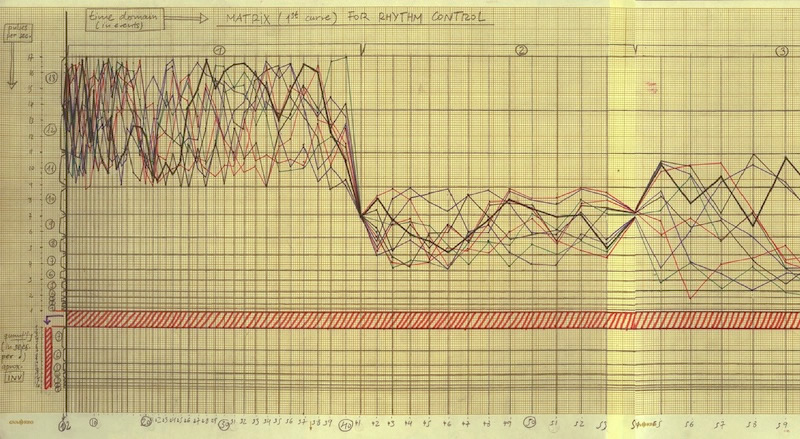
Some sketches and proofs were programmed and realized in the AC Toolbox program with the aim of testing some first results created with Walk generators.
Sketch realized for four xylophones
(using Walk random generators)
Here you could listen to different versions of the piece DK <sin>, depending on the instrumental combinations chosen:
DK <sin> (trio version)
Modelo62 Ensemble, cl. gt. cel.
DK <sin> (violin solo)
Rebecca Huber
DK <sin> (sextet version)
Smash Ensemble, fl. cl. gt. mrb. vl. cel.
Electronic Study (2009)
4-channel fixed media
The second composition is Electronic Study, a 4-channel tape piece composed in 2009. It consists on four sections that take as a reference the representation of the undulated roof of the Bodegas Protos building. The piece uses textures between sustained sounds textures and granulations as elements of discourse articulation. Section after section, the piece accumulates energy until it disseminates in thousands of small seeds that liberate sound, spreading it through space-time.
The first creative approach to Electronic Study was, literally, by drawing. For that purpose, HighC was used, a software implemented by the French engineer Thomas Baudel. HighC is a digital recreation of UPIC, a musical system invented in 1977 by the architect and composer Iannis Xenakis at the CEMAMu in Paris.
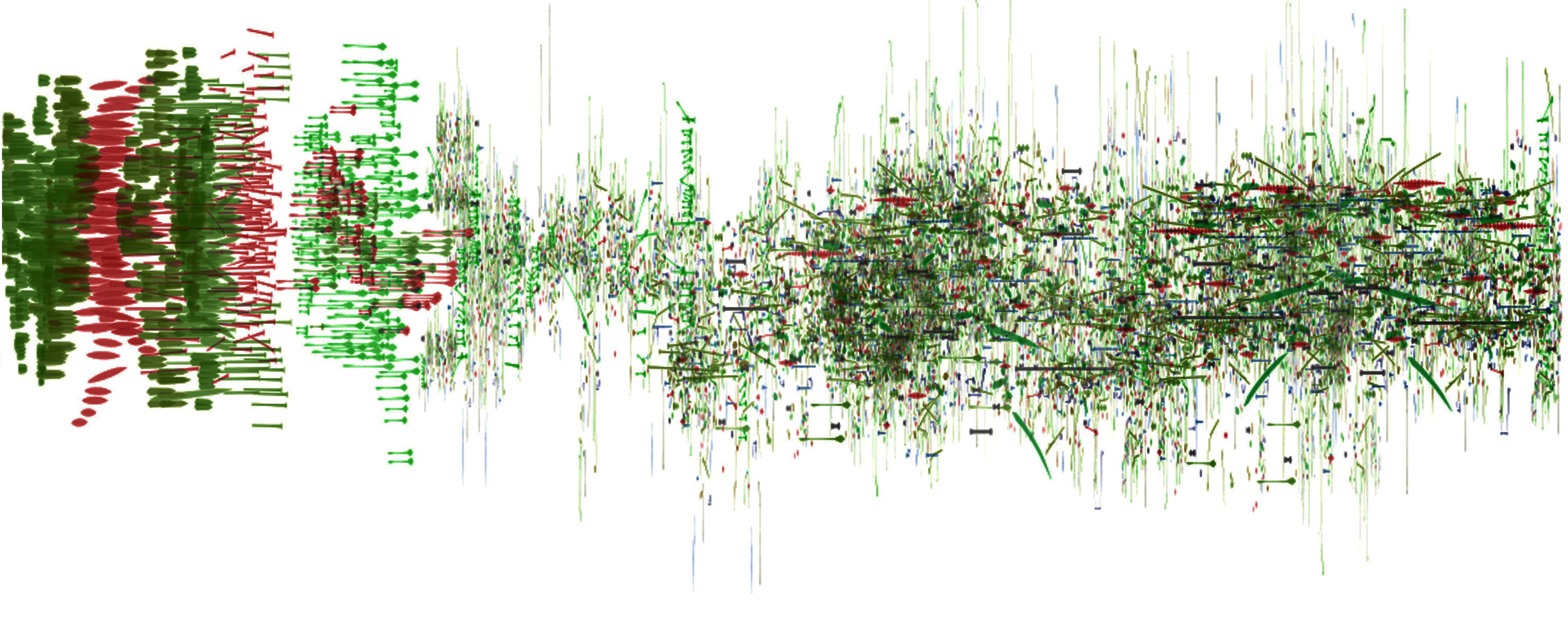
Electronic Study (reduced stereo version)
Aquarius (2006 – 2008, rev. 2013)
for piano with electronics and orchestra
Aquarius for piano with electronics and orchestra was commissioned by Bodegas Protos. The building designed by the architect Richard Rogers inspires the work in a rational and poetical way: some mathematical and structural features of the building regulate the temporal organization of the piece, such as the fractal proportionality of the parabolic vaults and the triangular layout of the ground plan. The piece are divided in two movements.
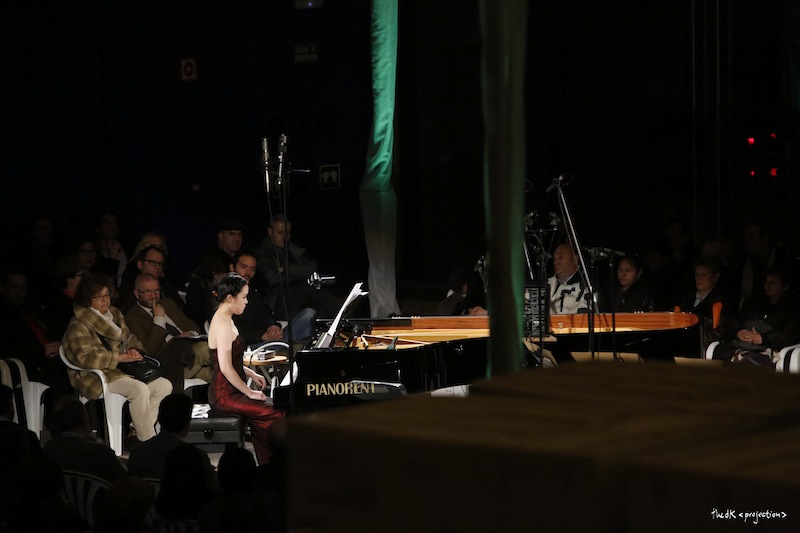
In the first movement, A Borbotones (In Gushes), the itinerary of different metronomic velocities is derived from the proportionality of the five vaults lengths, creating five temporal areas along the movement. These temporal areas are distributed according to an horizontal-undulated strategy of spatialization. Some textural gestures, spread along the work, accompany this idea at the surface level.
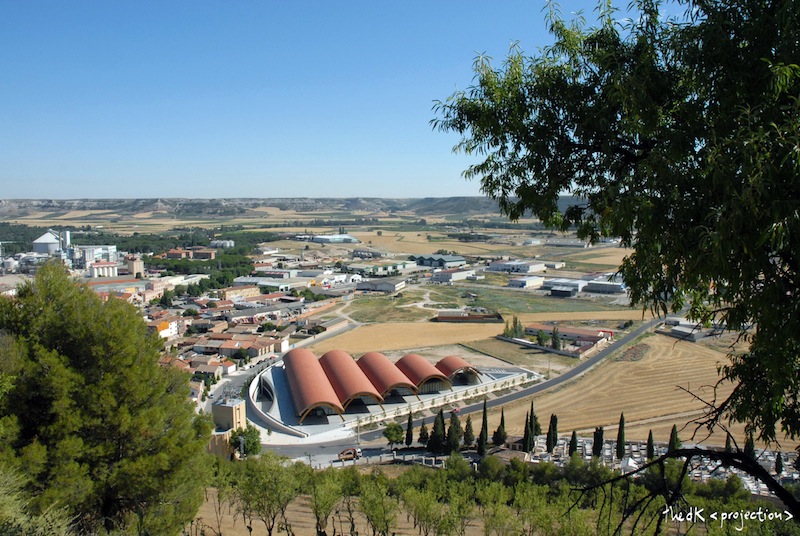
The second movement, Esquirlas/vacío (Splinters/emptiness), describes a deconstructed plan of cadenzas: five suspended cadenzas of different durations, which match with the five vaults of the building; one ‘real’ solo cadenza, representing the “stern” of the building; a freely improvised cadenza at the end, representing the “tip” of the building. Seen from the ground plan, the building is understood as a large pan flute, and each of the five pipes correspond, so to speak, to a different electronic “tone”, according to the pipes lengths.
Piano is tacet during the first movement.
Duration of the piece: 25’ ca.
